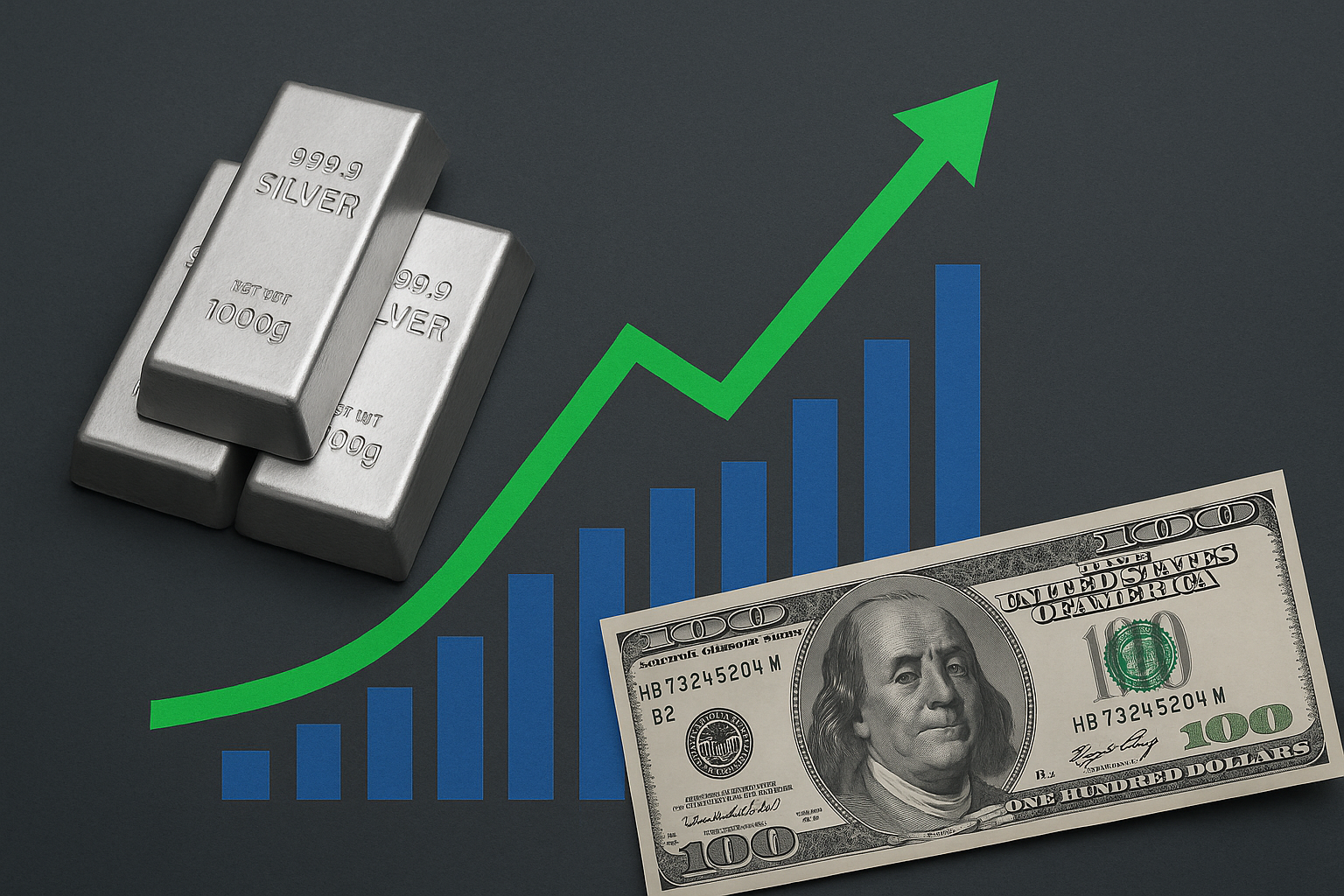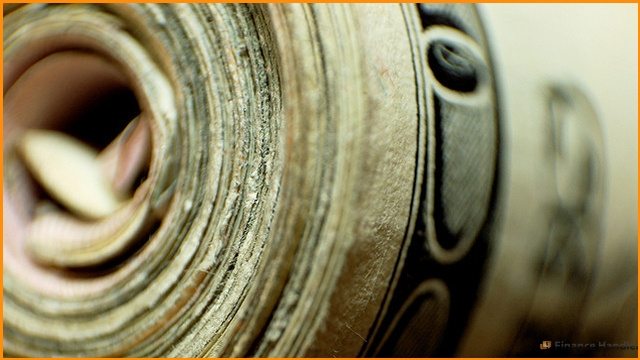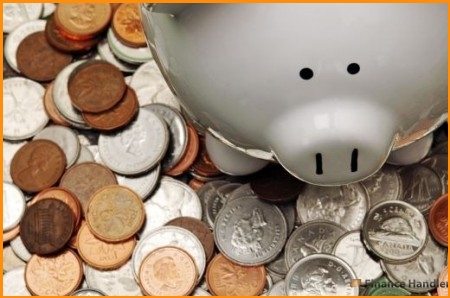Introduction
Silver, one of the world’s most valued precious metals, has reached unprecedented highs in recent times, marking a significant turning point for investors and the global commodities market. The price of silver has climbed to ₹1,49,000 per kilogram, signaling a remarkable milestone for an asset long considered a safe haven alongside gold. This surge in value is not merely the result of market speculation; it is driven by a combination of industrial demand, limited supply, and broader macroeconomic trends that are creating a perfect storm for silver prices to escalate.
Financial experts and industry analysts are forecasting that silver prices have the potential to multiply fourfold in the coming years. This projection is grounded in the metal’s critical role in various high-growth sectors, including renewable energy, electronics, and advanced manufacturing. As the global economy continues to evolve and technology-driven industries expand, silver is emerging not only as a valuable asset for investors but also as a strategic commodity essential for industrial progress.
Factors Driving The Surge In Silver Prices
Industrial Demand on the Rise
A significant portion of global silver demand originates from industrial applications, with more than half of the total consumption dedicated to sectors such as electronics, solar energy, and electric vehicles. Silver’s unique properties, including its high electrical conductivity, reflectivity, and antibacterial characteristics, make it indispensable in modern technology.
In particular, the renewable energy sector has become a major driver of silver consumption. Solar panels, which rely on silver-based photovoltaic cells, are being deployed at record rates worldwide as countries intensify efforts to reduce carbon emissions and transition to cleaner energy sources. The electric vehicle industry is another key contributor, as silver is used extensively in batteries, sensors, and electrical contacts. The combination of these fast-growing sectors has significantly boosted industrial demand, creating upward pressure on prices.
Supply Deficits and Market Imbalance
While demand has surged, the supply of silver has struggled to keep pace. Mining production has been unable to meet the growing industrial and investment needs, resulting in persistent supply deficits. Analysts note that 2025 marks the fifth consecutive year in which global silver demand has exceeded supply, a trend that is expected to continue unless major new mining projects come online.
Several factors exacerbate this supply constraint. Traditional silver mines are facing declining yields, while exploration for new reserves is both expensive and time-consuming. Additionally, geopolitical uncertainties in key mining regions can disrupt production and distribution, further limiting the availability of silver on the market. This imbalance between robust demand and restricted supply has created a strong upward pressure on prices, making silver an increasingly valuable commodity.
Expert Predictions And Market Outlook
Silver’s Potential for Fourfold Price Increase
Industry experts are optimistic about silver’s growth potential, citing the combination of strong industrial demand and limited supply. Financial analysts project that silver could rise as much as four times its current market value in the coming years. This outlook positions silver as not only a protective investment in times of economic uncertainty but also as an asset capable of delivering substantial long-term returns.
The gold-to-silver ratio, which measures the relative value of the two metals, has reached record highs, suggesting that silver is undervalued compared to gold. Historically, the ratio tends to revert to average levels, implying that silver prices may experience substantial appreciation as market dynamics adjust. Investors see this as an opportunity to capitalize on the relative undervaluation of silver while benefiting from the metal’s industrial and investment demand.
Silver Versus Gold: Investment Considerations
While gold has traditionally been considered the ultimate safe-haven asset, silver offers unique advantages for both industrial and investment purposes. Gold is primarily valued as a store of wealth, whereas silver’s dual role as an industrial commodity and precious metal allows it to benefit from technological growth while retaining investment appeal.
As global industries increasingly rely on silver, any supply disruptions or spikes in demand can lead to pronounced price movements. Investors who recognize the long-term trends in industrial consumption and supply constraints may find silver to be a compelling addition to their portfolios. Its relatively lower price compared to gold also makes it more accessible to a wider range of investors, including retail buyers looking to diversify their holdings.
Investment Opportunities In Silver
Physical Silver Investments
Investing directly in physical silver, such as coins, bars, or bullion, is one of the most straightforward ways to gain exposure to the metal. Physical silver provides a tangible asset that can serve as a hedge against inflation and currency fluctuations. Many investors prefer this method because it eliminates reliance on third-party financial products and offers direct ownership of a scarce and valuable resource.
Silver Exchange-Traded Funds (ETFs)
For those who prefer not to handle physical metal, silver-backed Exchange-Traded Funds (ETFs) offer a convenient alternative. These funds track the price of silver and allow investors to participate in its price movements without the complexities of storage and security. ETFs have gained popularity among investors seeking liquidity, ease of trading, and portfolio diversification.
Silver Mining Stocks
Another avenue for silver investment is through companies involved in silver mining. Investing in mining stocks allows investors to benefit not only from the rising price of silver but also from potential operational gains, exploration successes, and dividends paid by profitable mining companies. However, this option carries higher risk as stock performance is subject to market volatility and company-specific factors.
Long-Term Outlook And Considerations
Silver’s future appears promising, supported by the continued expansion of renewable energy infrastructure, electronics, and other industrial applications. As governments worldwide implement stricter environmental regulations and incentivize sustainable technologies, silver demand is expected to remain robust. At the same time, supply limitations, both from natural constraints and geopolitical factors, may further amplify price movements.
Investors considering silver must evaluate their long-term financial goals and risk tolerance. While the potential for substantial gains exists, silver is subject to volatility and can experience sharp price swings in response to market sentiment, currency fluctuations, and macroeconomic events. Diversifying across physical silver, ETFs, and mining stocks can help manage risk while capitalizing on the metal’s growth potential.
Conclusion
Silver has entered a new phase of significance in the global financial and industrial landscape. The recent surge to record highs highlights its growing importance as both an investment asset and a critical industrial commodity. With strong industrial demand, persistent supply deficits, and favorable market conditions, silver has the potential to multiply fourfold in the coming years.
For investors, silver offers a unique combination of security and growth potential, making it an attractive option for portfolio diversification. By understanding the factors driving price increases and considering various investment avenues, investors can position themselves to benefit from silver’s long-term upward trajectory. In a rapidly changing global economy, silver stands out as a metal with enduring value and significant opportunities for wealth creation.


